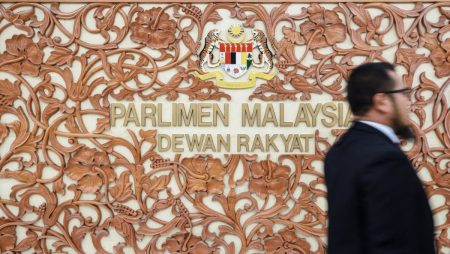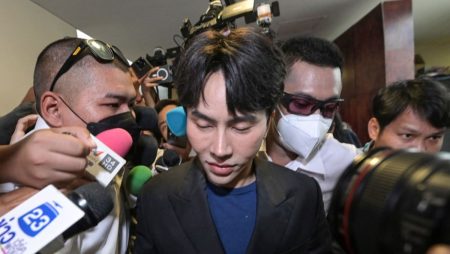Rosenthal points out that increasing the household recycling rate in Singapore requires a multi-faceted approach. She suggests that raising awareness among citizens about the importance of recycling is key to changing behavior. This includes education on the environmental impact of waste and the benefits of recycling. Additionally, Rosenthal emphasizes the need for convenient and accessible recycling infrastructure to make it easier for people to dispose of their recyclables. She also highlights the importance of government policies and incentives to encourage participation in recycling efforts.
In order to achieve higher household recycling rates, Rosenthal recommends implementing a more comprehensive waste management system in Singapore. This includes expanding curbside recycling programs and providing more recycling bins in public spaces. Additionally, she suggests investing in technology and infrastructure to improve the efficiency of recycling processes. By making recycling more convenient and accessible for residents, it is more likely that people will be motivated to participate in recycling efforts.
Another key factor in increasing household recycling rates is the importance of public participation and engagement. Rosenthal emphasizes the need for collaboration between the government, businesses, and the community to achieve higher recycling rates. This could involve public awareness campaigns, partnerships with local businesses to promote recycling, and community events focused on recycling education. By engaging the public and fostering a sense of community responsibility, it is possible to create a culture of recycling in Singapore.
Rosenthal also highlights the role of extended producer responsibility (EPR) in improving recycling rates. EPR is a policy approach that holds manufacturers responsible for the entire lifecycle of their products, including recycling and disposal. By implementing EPR policies, companies are incentivized to design products with recyclability in mind and take responsibility for the end-of-life management of their products. This can help to reduce waste generation and increase the availability of recyclable materials for the recycling industry.
Additionally, Rosenthal suggests that financial incentives can play a role in motivating households to recycle. This could include measures such as pay-as-you-throw schemes, where residents are charged based on the amount of waste they dispose of. By linking waste disposal fees to recycling rates, households are incentivized to reduce waste and increase their participation in recycling programs. Financial incentives can be a powerful tool in changing behavior and encouraging sustainable waste management practices.
In conclusion, raising Singapore’s household recycling rate requires a combination of awareness-raising, infrastructure improvements, public engagement, policy interventions, and financial incentives. By implementing a multi-faceted approach to waste management, it is possible to achieve the government’s target of 30 per cent recycling rate by 2030. With collaboration between the government, businesses, and the community, Singapore can create a sustainable waste management system that benefits the environment and future generations. Sonny Rosenthal’s insights provide valuable guidance on the steps needed to increase household recycling rates and create a culture of recycling in Singapore.













